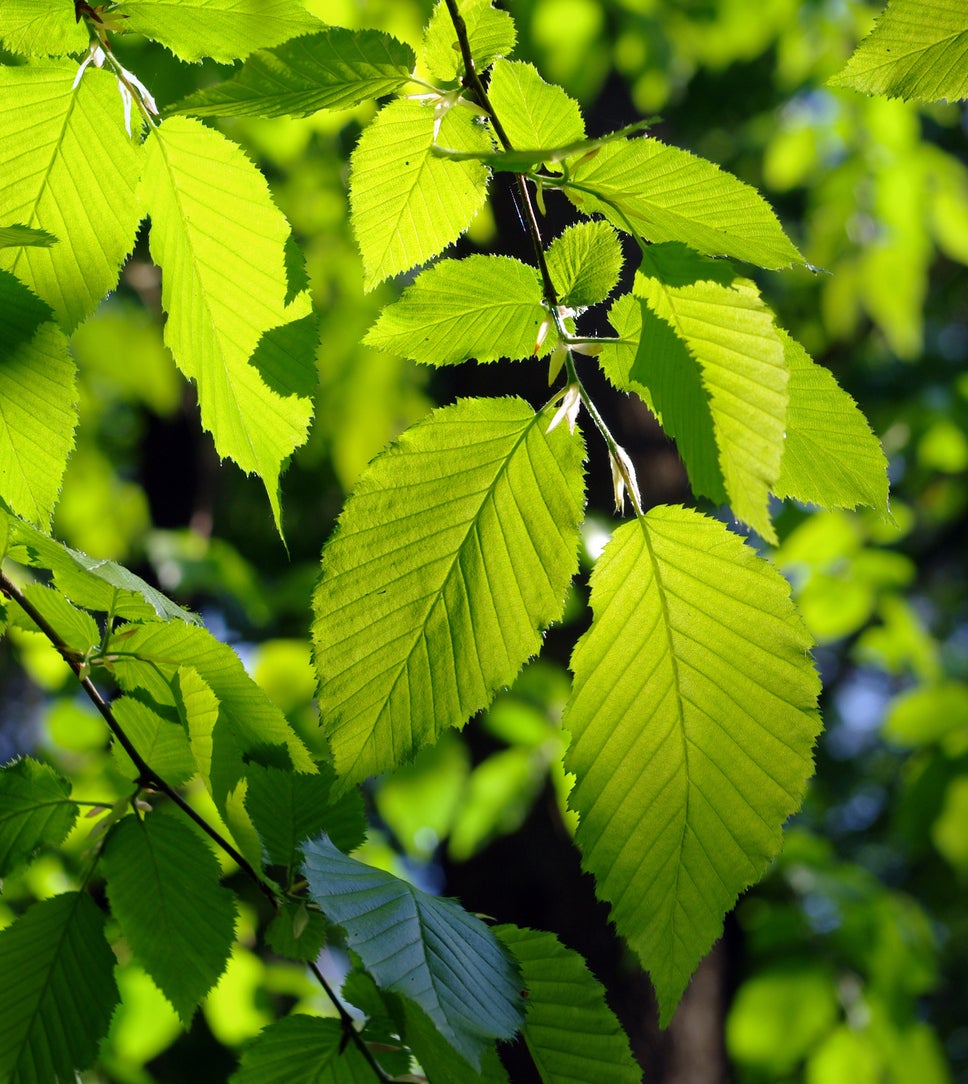What Is An Alder Tree: Information About Alder Trees


Alder trees (Alnus spp.) are often used in re-forestation projects and to stabilize soil in wet areas, but you seldom see them in residential landscapes. Nurseries that cater to home gardeners rarely offer them for sale, but when you can find them, these handsome plants make excellent shade trees and screening shrubs. Alders have several distinctive features that keep them interesting throughout the year.
Alder Tree Identification
The easiest way of recognizing an alder tree is by its distinctive little fruiting body, called a strobile. They appear in fall and look like 1 inch (2.5 cm.) long cones. Strobiles remain on the tree until the following spring, and the small, nutlike seeds they contain supply winter food for birds and small mammals. The female flowers on an alder tree stand upright at the ends of the twigs, while the male catkins are longer and hang down. The catkins persist into winter. Once the leaves are gone, they add subtle grace and beauty to the tree, softening the appearance of the bare branches. Leaves provide another method of alder tree identification. The egg-shaped leaves have serrated edges and distinct veins. A central vein runs down the center of the leaf and a series of side veins run from the central vein to the outer edge, angled toward the leaf tip. The foliage remains green until it drops from the tree in fall.
Additional Information About Alder Trees
The different types of alder trees include tall trees with single trunks and much shorter, multi-stemmed specimens that can be grown as shrubs. Tree types grow 40 to 80 feet (12-24 m.) tall, and include the red and white alders. You can distinguish these two trees by their leaves. The leaves on a red alder are tightly rolled under along the edges, while those on a white alder are more flat. Sitka and thinleaf alders reach heights of no more than 25 feet (7.5 m.). They can be grown as large shrubs or small trees. Both have multiple stems arising from the roots and you can tell them apart by their leaves. Sitkas have very fine serrations along the edges of the leaves, while thinleaf alders have coarse teeth. Alder trees can extract and use nitrogen from the air in the same way that legumes, such as beans and peas do. Since they don't need nitrogen fertilizer, they are ideal for areas that aren't regularly maintained. Alders are well-suited to wet sites, but abundant moisture isn't necessary for their survival and they can thrive in areas that experience occasional mild to moderate drought as well.
Sign up for the Gardening Know How newsletter today and receive a free copy of our e-book "How to Grow Delicious Tomatoes".

Jackie Carroll has written over 500 articles for Gardening Know How on a wide range of topics.